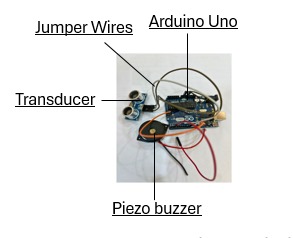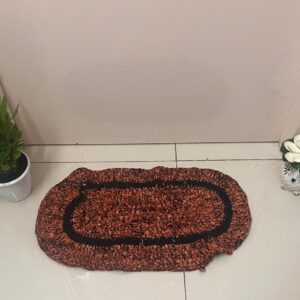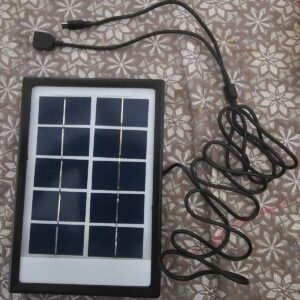- An ultrasonic dog deterrent device designed with a piezo buzzer, Arduino board, and breadboard functions to emit high-frequency sound waves that are uncomfortable for dogs but inaudible to humans. Here’s a detailed breakdown of how such a device works and is assembled:
Components:
- Arduino Board: The Arduino microcontroller (e.g., Arduino Uno) acts as the central control unit. It is programmed to generate ultrasonic frequencies and control the duration and pattern of the sound output.
- Piezo Buzzer: The piezo buzzer is a transducer that converts electrical signals from the Arduino into sound waves. It is capable of producing ultrasonic frequencies (typically above 20 kHz) that are effective for deterring dogs.
- Breadboard: A breadboard is used for prototyping the circuit without soldering. It allows you to easily connect and test components like the Arduino, piezo buzzer, and any other necessary circuitry.
- Power Source: Depending on the design, the device may be powered by batteries or an external power supply connected to the Arduino board.
Assembly and Operation:
- Circuit Design:
- Connect the piezo buzzer to the Arduino board using jumper wires. Typically, the positive leg of the buzzer is connected to one of the digital output pins on the Arduino, and the negative leg is connected to ground.
- Use the breadboard to facilitate these connections and to integrate any additional components such as resistors or capacitors if needed.
- Programming the Arduino:
- Write a program (sketch) for the Arduino that generates ultrasonic sound waves. This involves using functions such as
tone()to produce a specific frequency on the piezo buzzer. - The code can include parameters for the frequency (usually between 20 kHz and 60 kHz), duration, and pattern of the sound. For example, you might program it to emit short bursts of sound at regular intervals.
- Write a program (sketch) for the Arduino that generates ultrasonic sound waves. This involves using functions such as
- Testing and Calibration:
- After assembling the circuit and uploading the code to the Arduino, test the device to ensure it emits the desired ultrasonic frequency. You can use a frequency counter or an ultrasonic sensor to verify the output.
- Adjust the frequency and pulse duration in the Arduino code to optimize the effectiveness of the deterrent.
- Housing:
- For practical use, the device can be housed in a protective enclosure to shield the electronics and make it more portable. Ensure that the piezo buzzer is exposed to allow sound to escape effectively.
Usage:
- Deployment: Place the device in areas where you want to deter dogs, such as around property boundaries or near specific locations. The ultrasonic sound waves will discourage dogs from approaching or behaving in a certain way.
- Range and Effectiveness: The range and effectiveness of the ultrasonic deterrent depend on the power of the piezo buzzer and the environmental conditions. Testing in different scenarios can help determine the optimal configuration.
This ultrasonic dog deterrent device provides a humane method to manage unwanted canine behavior by leveraging high-frequency sound waves that disrupt the dog’s comfort without causing harm.







… –
Good 👍